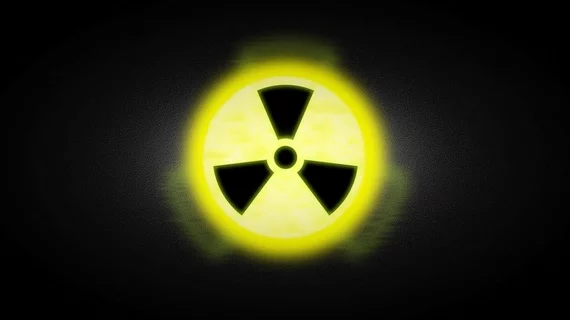Overall exposure to ionizing radiation for patients undergoing radiofrequency ablation of atrial fibrillation (AF) is “acceptable” in most cases, according to research published in the American Journal of Cardiology—but obese patients are exposed to a 75% higher dose than their normal-weight counterparts.
First author Laurent Faroux, MD, MSc, and colleagues at Reims University Hospital in Reims, France, studied ionizing radiation exposure in 144 patients who underwent first-time radiofrequency ablation at their center over a 21-month span. They said that since AF patients who undergo ablation are typically on the younger side, they’re more likely to see an increase in radiation-induced cancer risk after the procedure.
“Studying obesity in the context of AF ablation is important as it affects the rate of procedural success, and it has been shown previously that obesity was a major determinant of x-ray exposure in patients who underwent AF ablation,” Faroux and co-authors wrote in AJC. “However, this study was conducted at a time when 3D cardiac mapping systems were not developed for this indication, and therefore considered only the radiation exposure during the ablation procedure.”
And there’s more to it than that in 2019, they said. In addition to radiation exposure during x-rays, patients also risk exposure during preprocedural imaging like computed tomography. Faroux et al. claimed in their study no work to date has investigated the cumulative effective dose (ED) incurred by modern AF patients.
Using dosimetric indicators from both preprocedural CTs and the ablation process itself, the authors found participants’ overall EDs ranged from 4 to 42.3 mSv, with an average of 11.4 mSv. Eighty-two percent of radiation exposure was attributable to CTs—patients saw an average dose of 9.4 mSv during preprocedural workup compared to an average of 2 mSv during ablation.
Nearly half (43%) of patients included in the study were considered overweight, Faroux and colleagues reported, and 33% were obese. The median overall EDs for overweight and obese patients were 23% and 75% higher, respectively, than those for normal-weight patients.
Aside from BMI, the authors said ED was strongly linked to patient sex, x-ray duration and left atrial volume, but not pulmonary vein isolation alone. Procedural success also seemed to hinge on the patient’s type of AF. The rate of successful ablation was 100% in patients with either paroxysmal or persistent AF in sinus rhythm; the success rate in patients with spontaneous AF was a much lower 49%.
“Our findings confirm that technology evolutions have dramatically reduced the radiation exposure and the x-ray time of patients who underwent radiofrequency ablation of AF (respectively 2 mSv and 8.2 minutes of x-ray in our study),” Laurent and colleagues wrote. “However, the global ED remains clearly lower than the ED of ablation procedures performed without mapping of the left atrium.
“The shift in the relative proportions of ionizing radiation received from pre-procedure CT and the procedure itself over the years should encourage [physicians] to replace preprocedural CT by gadolinium-enhanced cardiac magnetic resonance imaging or ultrasound for determining left atrial anatomy, neither of which use any ionizing radiation.”

